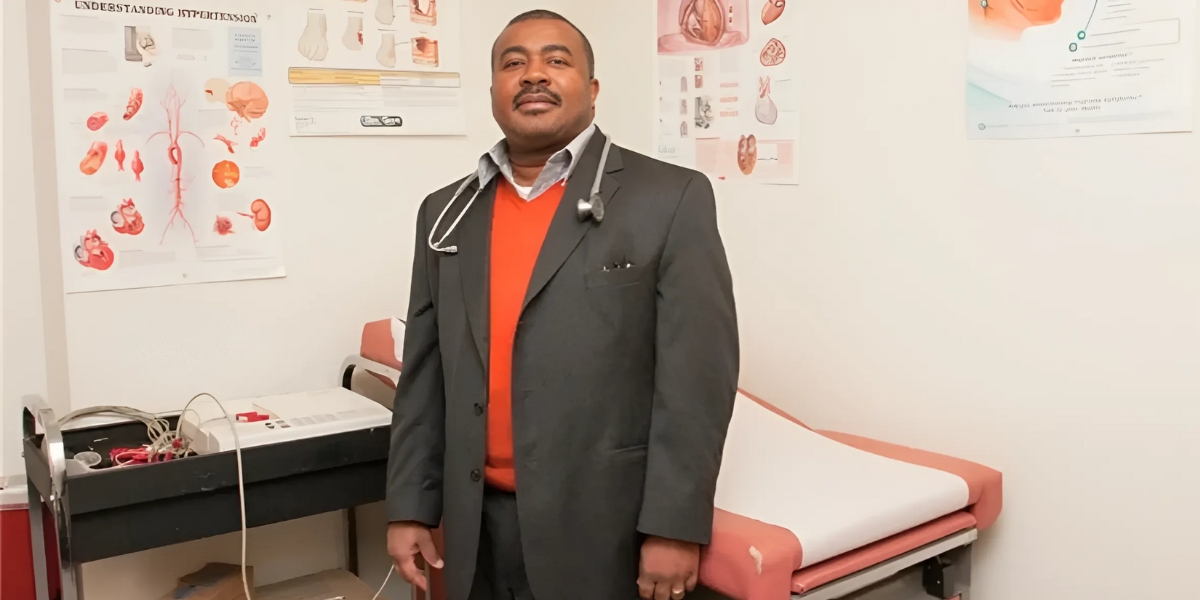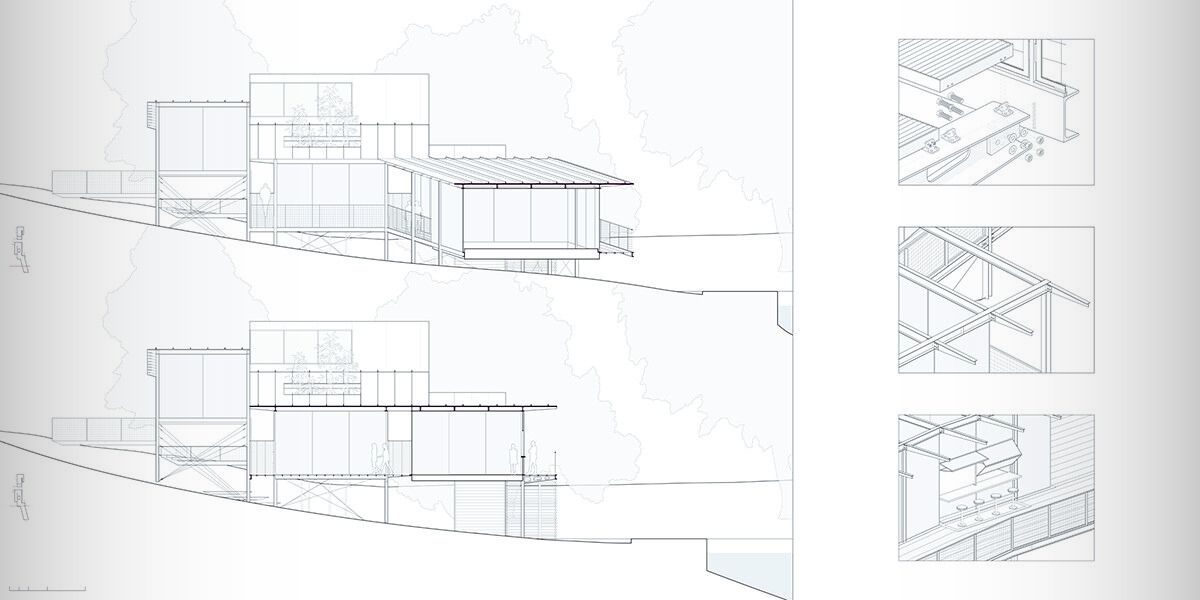A pillar of modern healthcare, radiology tech has significantly evolved, enhancing diagnostic precision and treatment efficacy. The sector’s advancements, particularly in imaging techniques and artificial intelligence, have redefined patient care standards, providing deeper insights and more accurate diagnoses. Integrating AI and state-of-the-art equipment offers a promising outlook for medical diagnostics, making healthcare more personalized and efficient. Jabi Shriki explains that as this technology progresses, the responsibility to maintain ethical standards and regulatory compliance becomes paramount, ensuring the benefits of radiological advancements reach all healthcare segments.
Exploring Radiology Tech
Radiology technology has significantly changed since its inception in the late 19th century when Wilhelm Röntgen discovered X-rays. Over the decades, this field has shifted from simple X-ray imaging to incorporate complex techniques like computed tomography (CT), magnetic resonance imaging (MRI), and ultrasound. This progression has enhanced the ability to diagnose and treat diseases and revolutionized the medical field by providing unprecedented precision in medical imaging.
At its core, radiology technology is vital in modern medical diagnostics. It encompasses the use of various imaging processes to create visual representations of the interior of a body for clinical analysis and medical intervention. The sophistication and efficiency of this technology aid physicians in making accurate diagnoses, planning treatments, and monitoring disease progression.
The continuous advancements in this field reflect its dynamic nature and ongoing alignment with cutting-edge technical developments. Each innovation enhances a radiologist’s ability to detect subtle changes in the body, often leading to early diagnosis and improved patient outcomes.
Recent Breakthroughs in Radiology Equipment and Software
The field of radiology has witnessed a surge in technological innovations that have significantly enhanced the capabilities of medical imaging equipment and software. New developments in this field include the introduction of high-definition CT scanners that provide higher-quality images while reducing patients’ radiation exposure.
Moreover, integrating sophisticated software has revolutionized how radiologists analyze images. Advanced algorithms now assist in detecting abnormalities that might be overlooked by the human eye, increasing the accuracy of diagnoses. This software is constantly refined to handle complex imaging data more efficiently, enabling quicker turnaround times for medical reports.
AI and Digital Imaging Enhancements
Artificial Iintelligence is increasingly used in modern radiology, enhancing the capabilities of diagnostic imaging. AI algorithms excel in pattern recognition, which is vital for diagnostic radiology, allowing them to analyze imaging data more efficiently than traditional methods. As AI technology advances, it is expected to further support radiology by improving the efficiency and accuracy of diagnostic processes.
Moreover, the field has benefited from advances in digital imaging and data management. The shift to digital systems has improved the storage, retrieval, and sharing of medical images, essential for collaboration in today’s healthcare environment. Secure and effective data management systems are crucial for handling large volumes of medical imaging data, ensuring patient confidentiality and facilitating access for healthcare professionals as needed.
Improvements in Patient Care Through Modern Imaging
Integrating modern imaging technologies has brought remarkable improvements in patient care. Through enhanced MRI and CT technologies, physicians can now obtain detailed images that provide insights into the nuanced anatomical structures and pathological changes. This level of detail supports a more accurate diagnosis, tailored treatment plans, and improved patient management.
The impact of these technological advancements extends beyond diagnosis to include monitoring and prognosis. With real-time imaging, medical teams can track the effectiveness of treatments, making necessary adjustments to therapies that significantly improve patient outcomes.
Ethical and Regulatory Frameworks
Navigating the complexities of ethics and regulatory standards is crucial as radiology technology continues to advance. Ethical considerations include the implications of AI decisions in diagnostics, the privacy of patient data, and the potential for reduced human oversight. These ethical issues necessitate guidelines that ensure technologies are used responsibly and beneficially.
Regulatory bodies are pivotal in expanding radiology technologies by setting safety and efficacy standards. Compliance with these standards is essential for the approval of new devices and for maintaining public trust in medical imaging as a critical component of healthcare.
Key Takeaways
Reviewing the recent advancements in radiology technology, it is evident that these innovations hold significant implications for the future of healthcare. The continuous integration of AI and improvements in imaging equipment are pivotal in enhancing diagnostic accuracy and patient care.
This shift signals a assuring future where medical diagnostics become increasingly precise, allowing for more personalized and effective treatments. The developments in this field highlight the importance of ongoing research and medical technology adaptation to meet healthcare’s ever-changing needs.
Published by: Nelly Chavez









